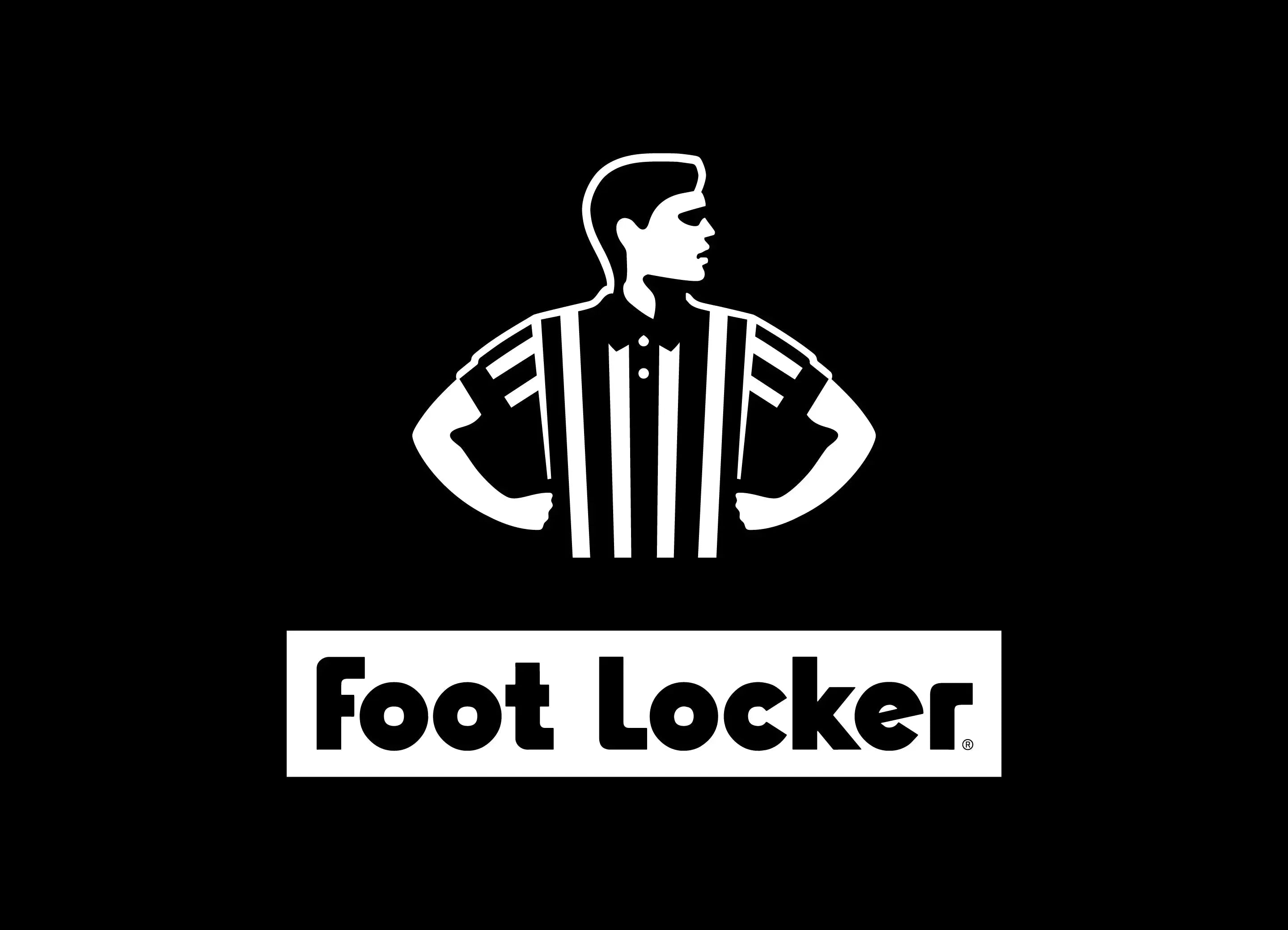Foot Locker , this essential brand in the world of shoe sales, has established itself today as one of the world leaders in the market.
With its multiple stores under various names, including Foot Locker and Champs, this brand has become synonymous with sneaker culture. But beyond its strong visual identity and its employees proudly displaying the brand logo, lies a rich and surprising history. The epic story of Foot Locker, far from being a linear path, is full of twists and turns worthy of the greatest entrepreneurial sagas.

It all begins with George R. Kinney, a character whose personal story is closely linked to that of Foot Locker.
The son of Jeremiah Kinney, a misguided 19th-century merchant, George found himself carrying the burden of family debts from a young age. This responsibility will lead him to work in a shoe factory, where he acquires in-depth knowledge of the sector. In 1894, at the age of 28, he seized the opportunity to purchase his own shoe store. This purchase marked the beginning of what would become the Foot Locker empire.
Kinney has distinguished himself through several strategies.
It first targets less affluent customers, requiring low prices, which leads it to negotiate directly with factories to reduce costs. Its strict cash payment policy avoids the pitfalls of credit, a wise choice given the profile of its customers. Expansion quickly followed, with Kinney opening numerous stores and adopting a business model where managers became partial owners. By 1916, Kinney became the largest shoe chain in America.
The death of George Kinney in 1919 did not slow down the expansion of the company, which continued to prosper and diversify its operations. The Brown Shoe Company's acquisition in 1955 only increased its size, eventually attracting the attention of the Justice Department for forming a monopoly. It was ultimately Woolworth, a retail giant, which bought Kinney, thus integrating this historic brand into its portfolio.
The real turning point for Kinney, and by extension Foot Locker, came with the rise of Woolco, Woolworth's attempt to break into the discount department store market.
Kinney shoes find their place in this new configuration, benefiting from increased visibility. The creation of Foot Locker in 1974, within this already complex structure, marked the company's entry into the specific market of sports shoes, a booming niche.
The 1980s were decisive for Foot Locker, which gradually separated itself from its declining parent company.
The growing popularity of sports shoes, driven by basketball and the emergence of brands like Nike and Reebok, propels Foot Locker to the rank of leader in this segment. The company managed to capture up to 20% of the branded athletic shoe market in the United States, a remarkable feat.
The early 2000s saw Woolworth transform to become almost exclusively a sports shoe company, with Foot Locker as its leading figure. In 2001, the group even decided to change its name to Foot Locker Inc., a sign of the capital importance of this division in its overall strategy.
Foot Locker's story is one of constant adaptation and ability to seize opportunities in an ever-changing market.
From its humble beginnings in George Kinney's store in the late 19th century to its status as a global giant, Foot Locker has navigated through the ages, capitalizing on trends and turning challenges into springboards for growth. This saga perfectly illustrates how, in the cutthroat world of distribution, innovation and a keen understanding of the market can lead to exceptional success.



Share: